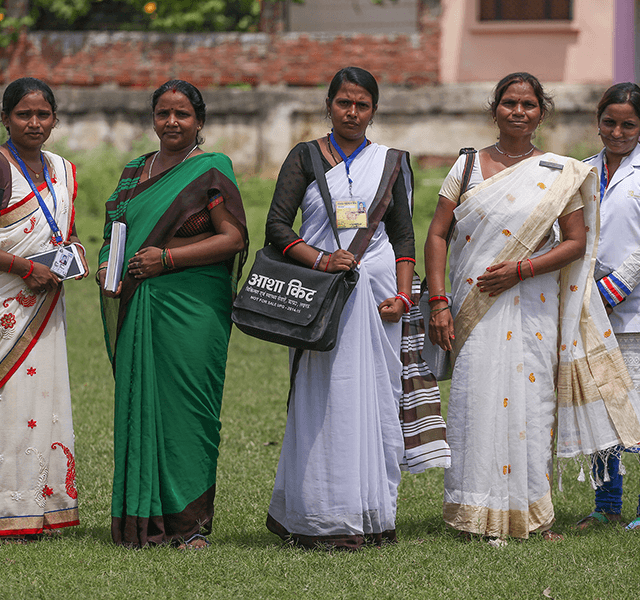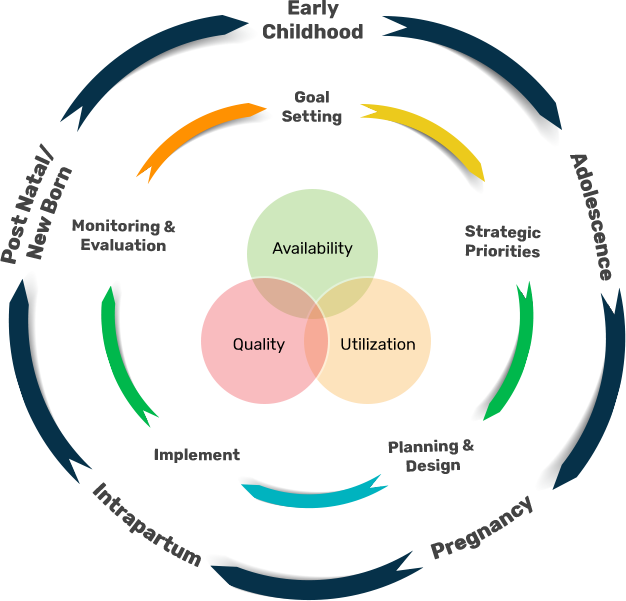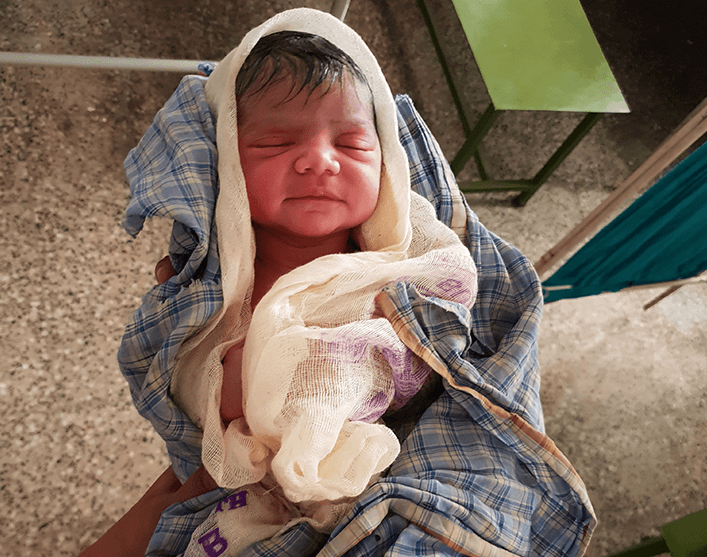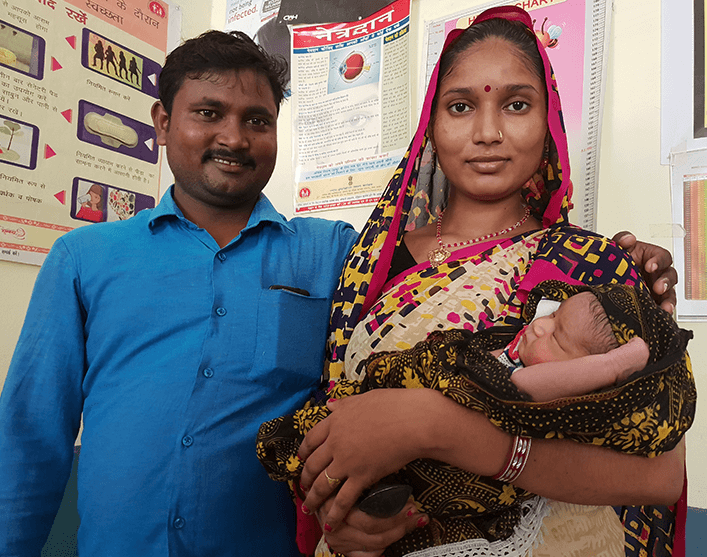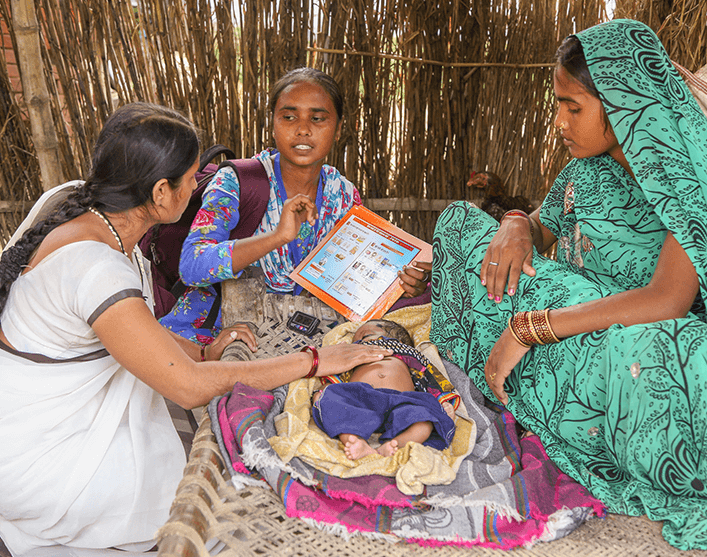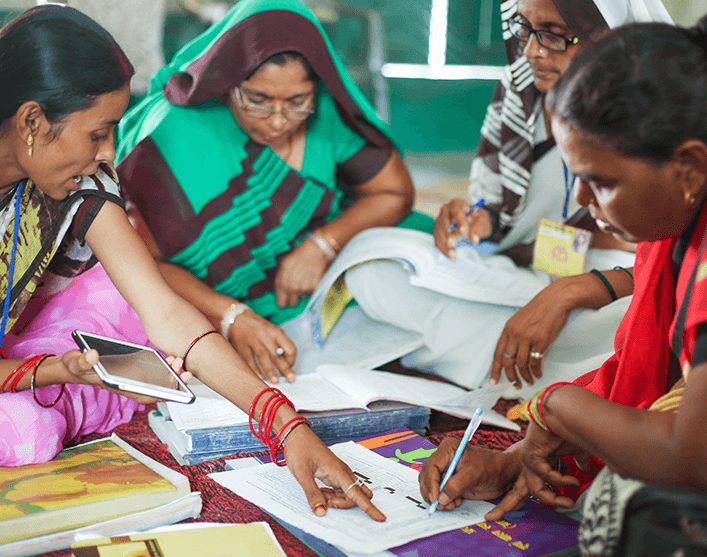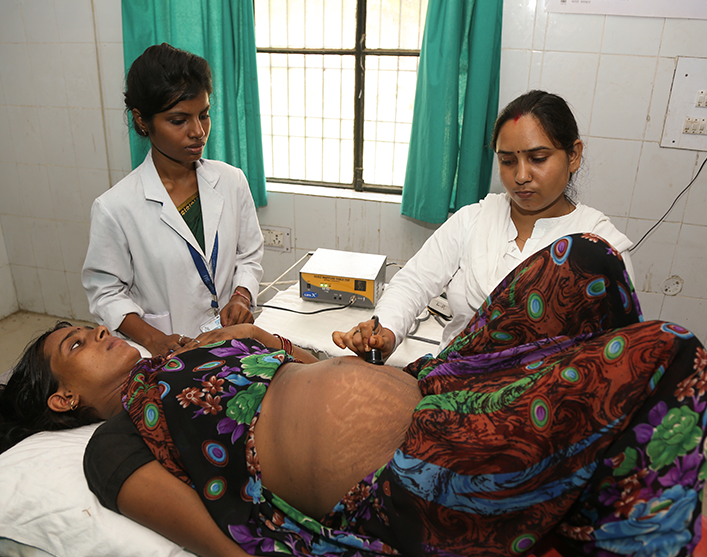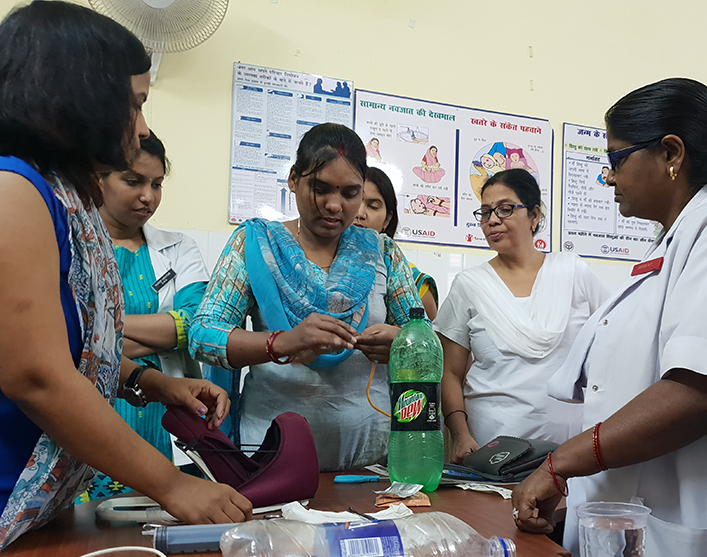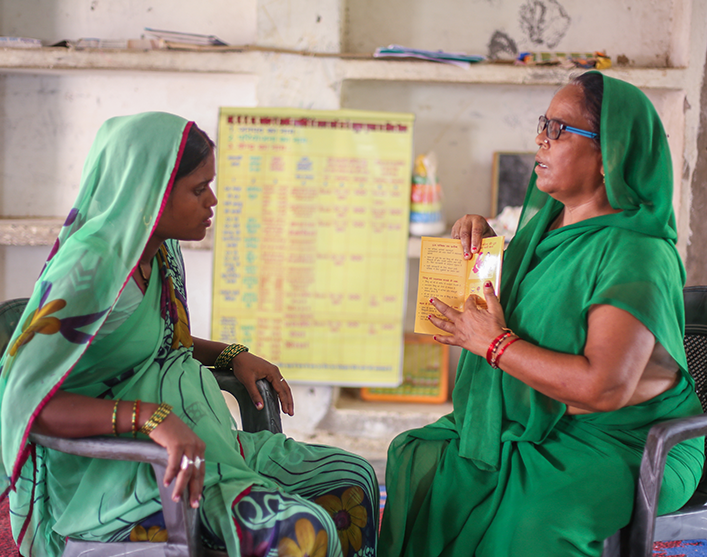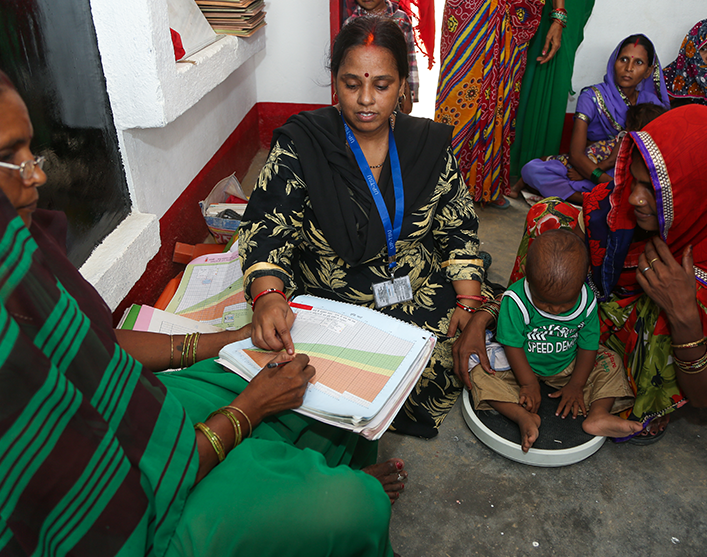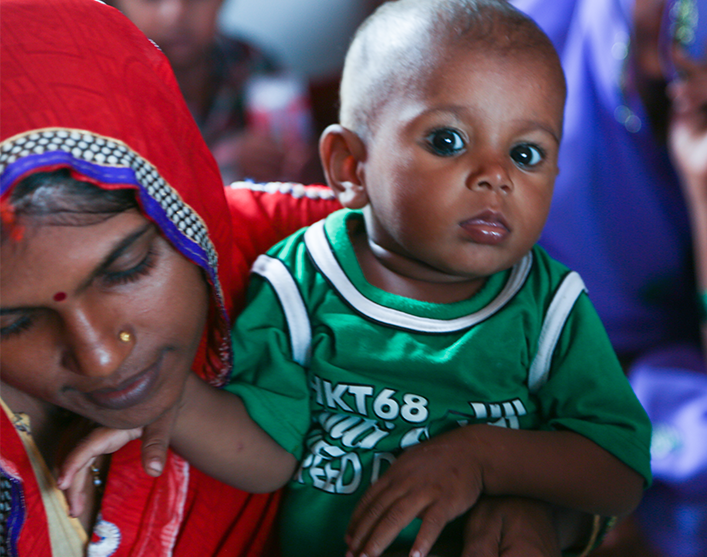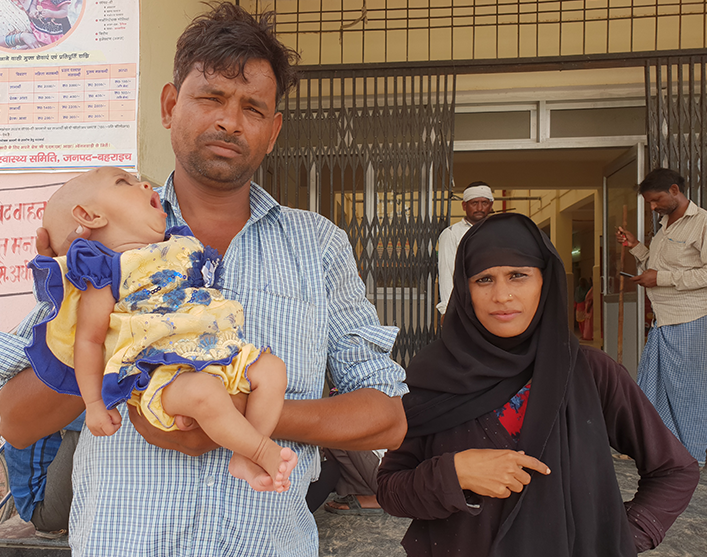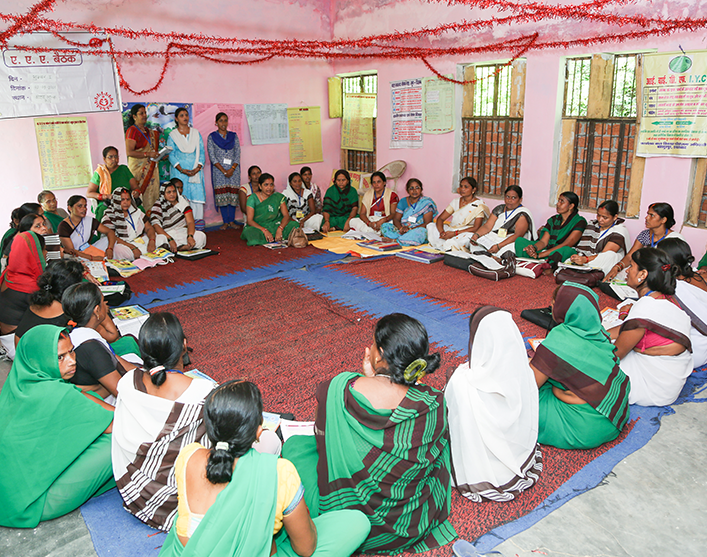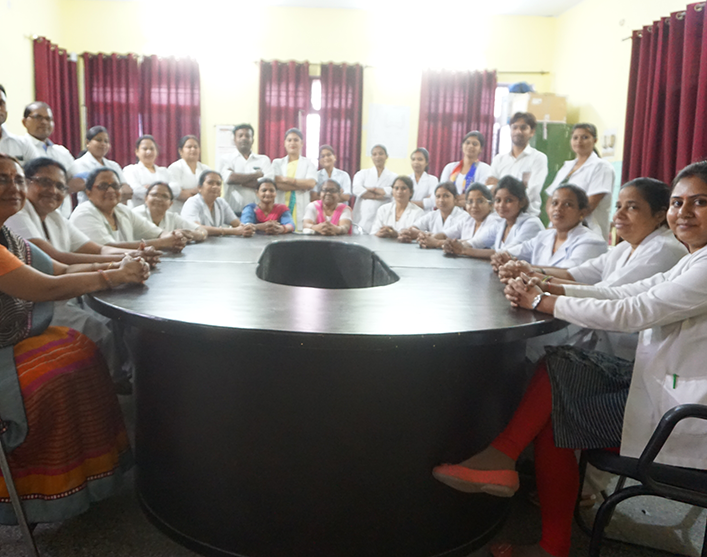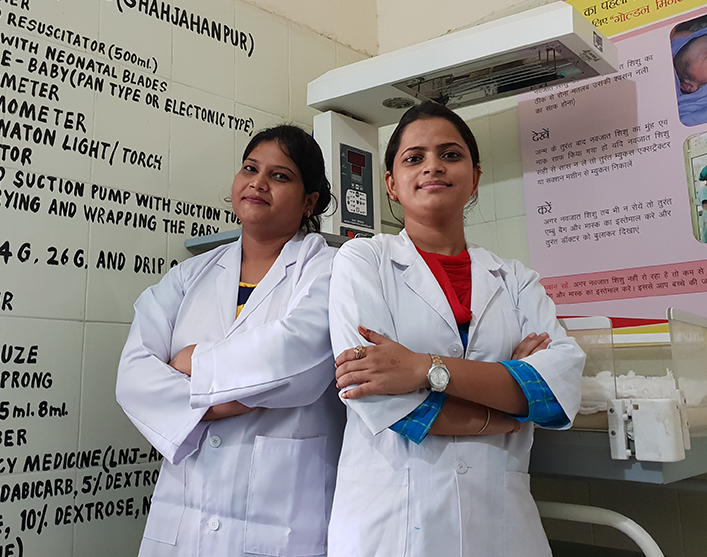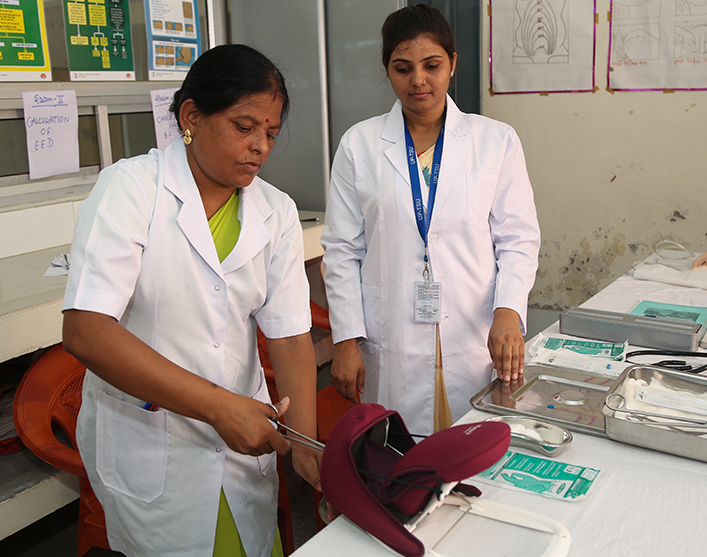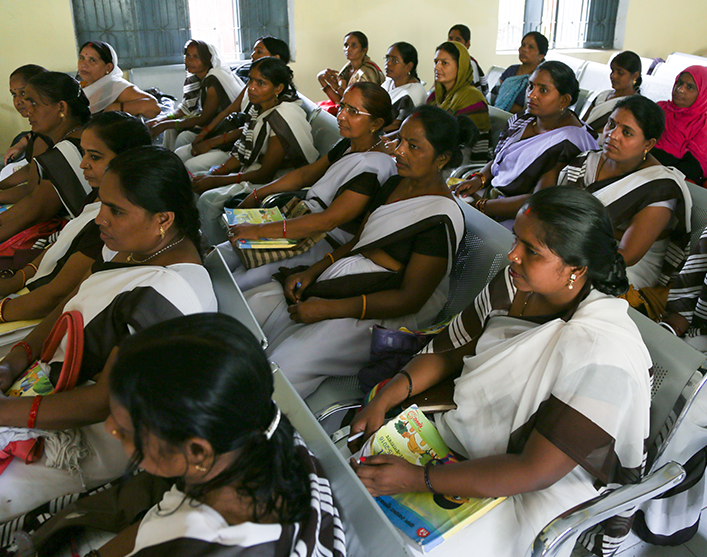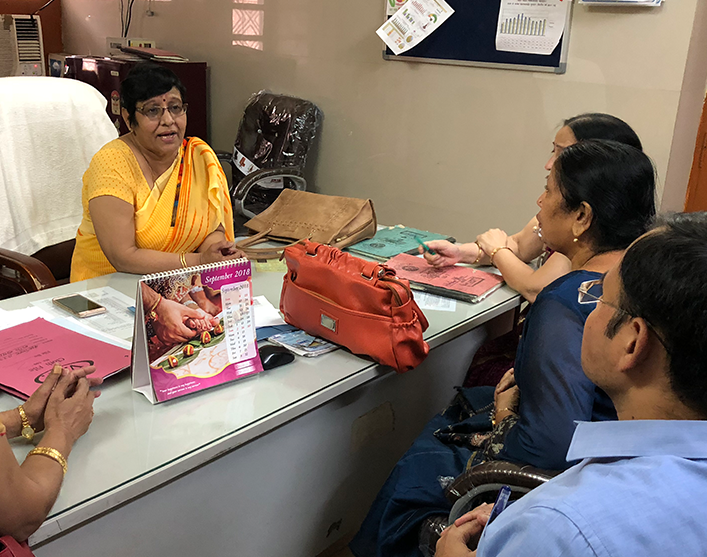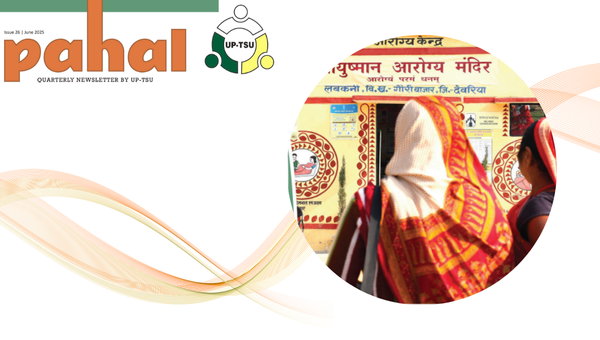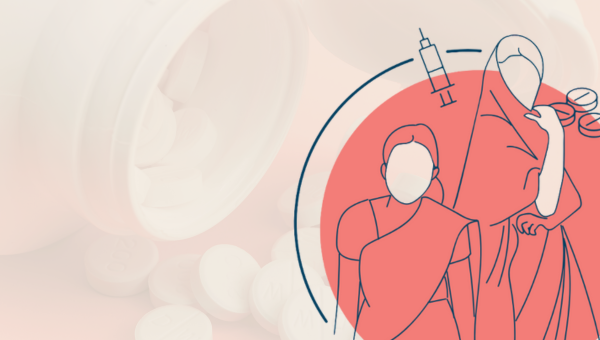We support the government in its efforts to improve maternal, neonatal and child health services in Uttar Pradesh with focus on 28 high priority districts and aspirational districts.
The project supports the government to improve maternal, newborn and child health services by activating and strengthening critical services at facilities, including comprehensive emergency obstetric and newborn care at First Referral Units (FRUs), basic emergency obstetric and newborn care at the lower level facilities and pediatric services aiming to improve identification, management, appropriate referral and treatment of sick children. The project works to improve knowledge, skills and practices of service providers by mentoring of nurses by a nurse mentor and mentoring of specialist doctors in FRUs by medical college faculty. The project also trains and mentors Frontline Workers to mobilise women to seek and receive services, to adopt healthy practices during the antenatal, delivery and post-natal period and identify sick children within the community and to manage or refer them to an appropriate health care facility.

